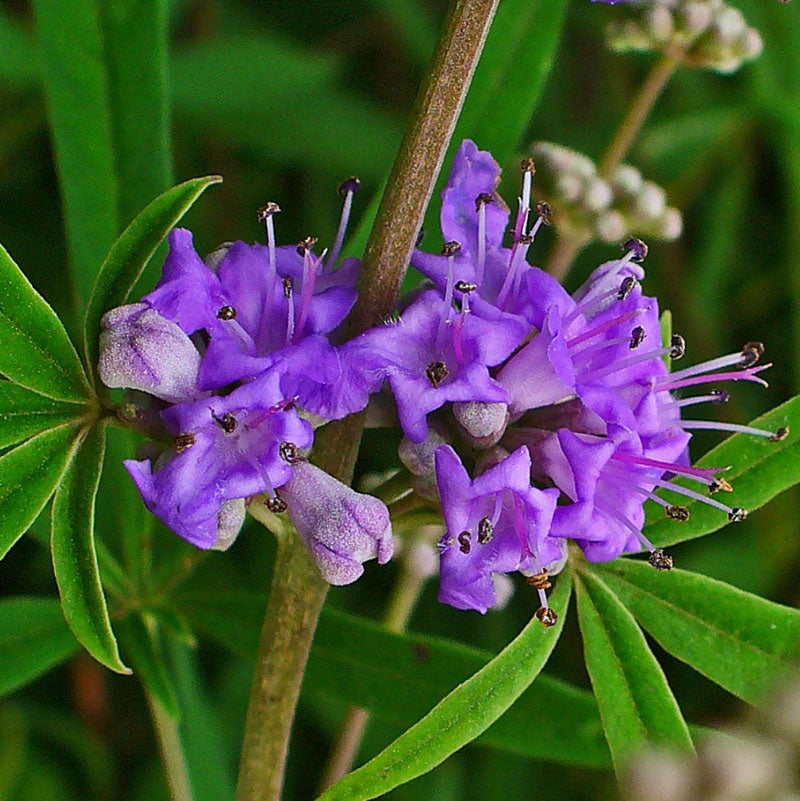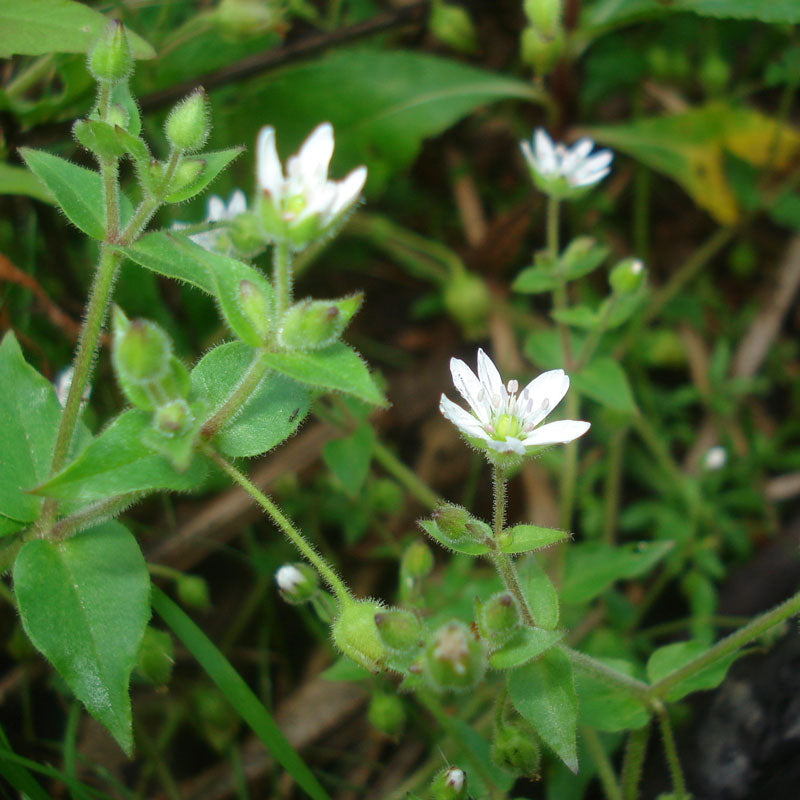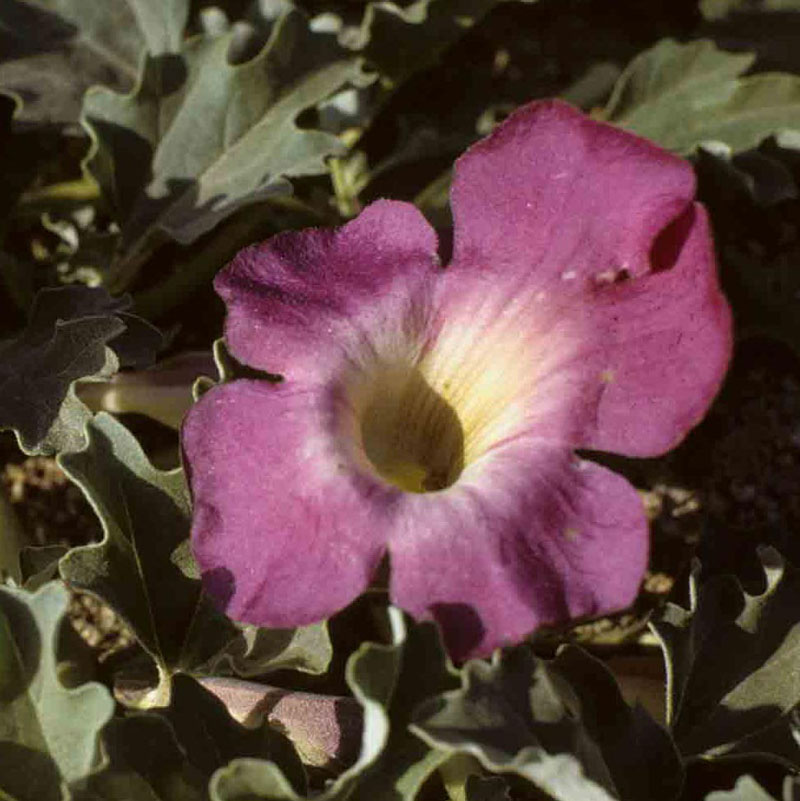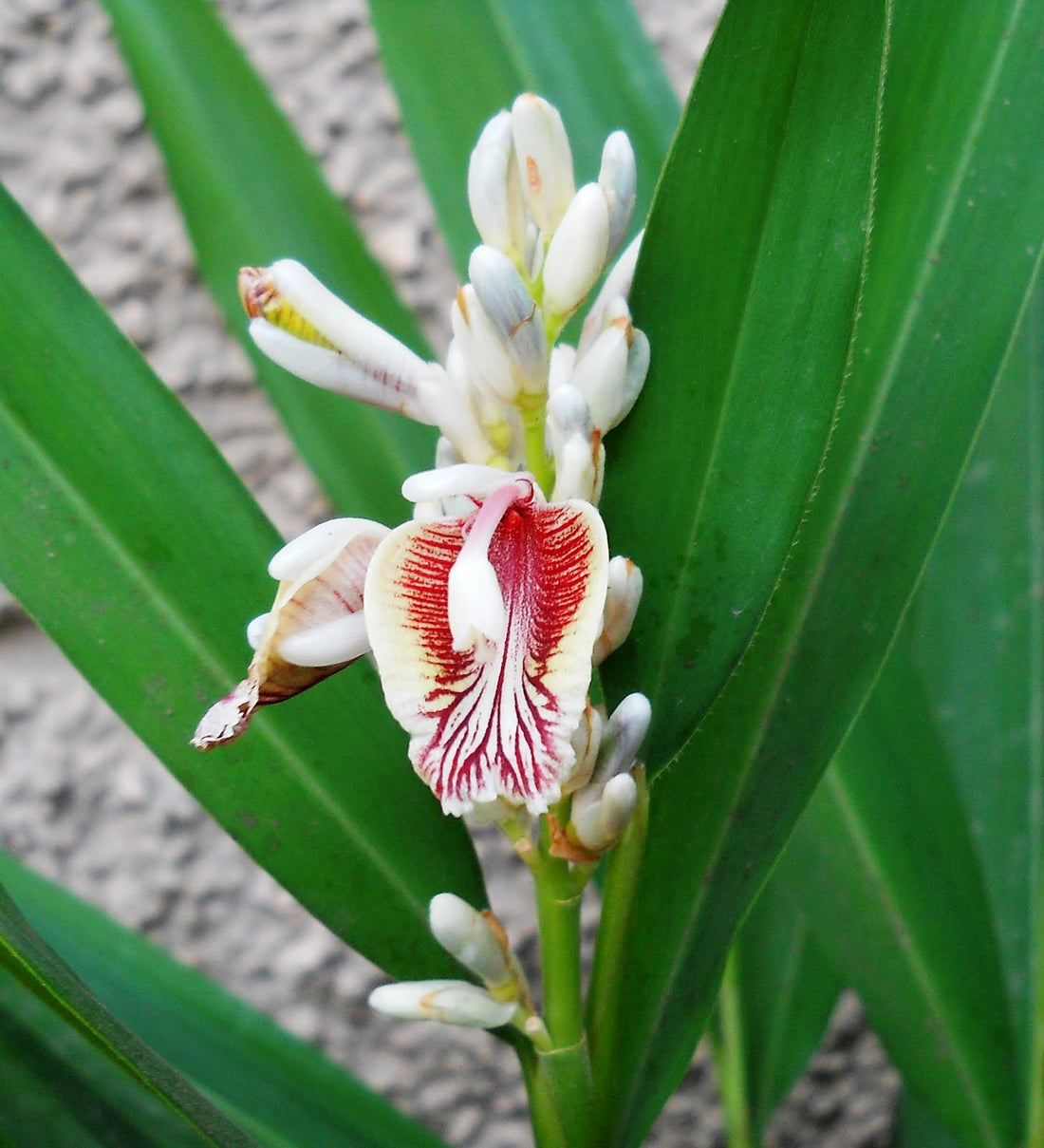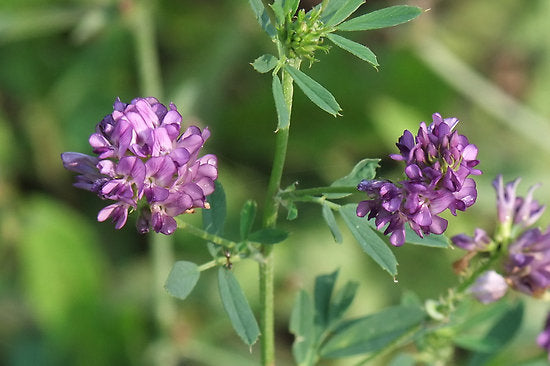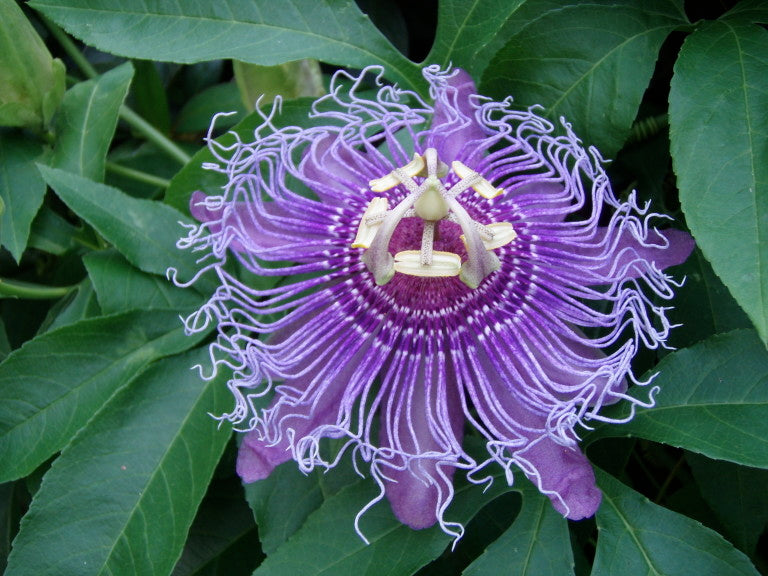BURDOCK (Arctium lappa)
Parts used
Root
Properties
alterative, antineoplastic, antirheumatic, blood purifier, demulcent, diaphoretic, diuretic, vulnerary Burdock Root (Arctium lappa)
Burdock Root (Arctium lappa)
Primary nutrients
Carbohydrates, copper, iodine, iron, PABA, protein, silicon, sulfur, vitamins A, B-complex, C, E and P, zinc
Burdock was once widely known as a cleansing agent for both eth blood and bowels, in fact, it is still known as one of the best blood purifiers of all herbs. Many Native American tribes used burdock for skin ailments and a wide variety of other diseases.
Burdock is recommended during various female complaints because of its ability to aid in hormone balance and to prevent water retention. It is also used to promote kidney function. It contains high amounts of insulin, a form of starch, which is responsible for some of its healing properties and carbohydrate metabolism
Modern scientific research has uncovered diuretic properties and tumor inhibitors in burdock in studies done on animals. Burdock may also inhibit mutations in cells that are exposed to mutation-causing chemicals that can lead to cancer. It has been found to contain antibiotic and antifungal properties.
It is beneficial for skin disorders, kidney problems, arthritis and gout. Burdock root has been used to treat breast cancer, glands, intestines, knees, lips, liver, sinus, stomach, tongue and uterus.
Primary Applications
Acne
Arthritis
Cancer
Colds
Edema
Hemorrhoids
Kidney problems
Lung disorders
Mucus, excessive
Rheumatism
Tonsillitis
Allergies/hay fever
Blood impurities
Chicken pox
Constipation
Fevers
Hypoglycemia
Liver disorders
Measles
Poison ivy/oak
Skin disorders
Tumors
Secondary Applications
AsthmaBoils
Canker sores
Cystitis
Gallbladder problems
Inflammation
Pneumonia
Back pain, lower
Bronchitis
Coughs
Dandruff













